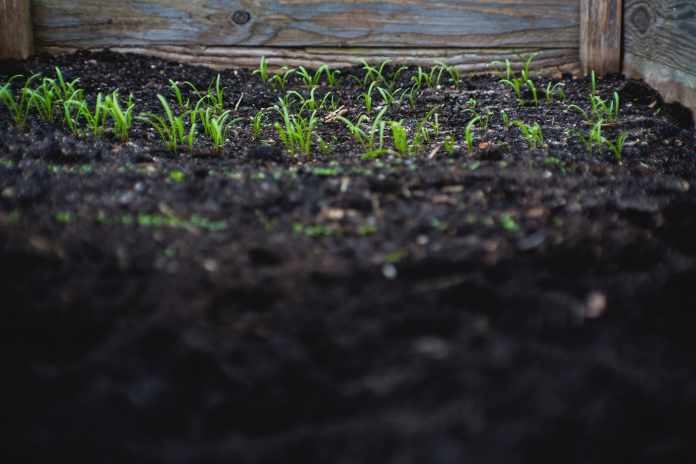Land stabilization consists of modifying the soil’s physical properties to improve its resistance, durability, impermeability, and other types of qualities.
Carrying out land stabilization tasks is essential when building roads, industrial pavements, and any infrastructure that requires it.
Ground stabilization Dallas offers you all the information related to the stabilization of land Erizon
How is Land Stabilization Carried Out?
Having a specialized engineer is essential to carry out the stabilization of any type of soil. And it is that only specialists can advise on the best techniques and the appropriate treatment for each occasion, which is exactly why before you carry out any work you should get the help and advise from a service such as Erizon.
Before starting any stabilization process, the engineer will carry out the design and the appropriate tests. In general, when stabilizing the terrain itself, the guidelines to follow are:
A recovery machine is in charge of pulverizing the material of the terrain in question. On top of the material to be worked, an additive is placed. This will be mixed with the soil until obtaining the properties that the engineer considers. After that, the new base will be formed with its proper profile and compacted, thanks to the motor grader.
Although it may seem like a simple process in general terms, it has to be carried out by specialists. And it is that each soil stabilization process will vary depending on the soils and the required additives.
What Techniques are Used for Soil Stabilization?
Soil stabilization techniques can vary, and a specialist will decide which one to apply in each case. However, the 3 basic ground stabilization techniques are:
- Mechanical Ground Stabilization
It is the oldest soil stabilization technique. What this type of solution implies is to change the physical property of the soil, with the aim of modifying its solidity, gradation, permeability, etc.
The dynamic compaction process is carried out by a heavy element that is continuously dropped onto the pavement to absorb its deformities. In this way, the surface is compact.
- Chemical Soil Stabilization
Betting on chemical solutions is another option for soil stabilization. With chemical stabilization, the aim is to add additional materials to the soil that are in charge of interacting with it to change its physical properties.
Several types of soil stabilization will depend on chemical elements and additives. That is why, often, you will find those compounds that use cement, fly ash, kiln dust, or lime for them.
The fact of using these compounds in the stabilization of chemical soils is to look for the reactions that they produce, mostly of a pozzolanic or cementitious nature. It will be the type of soil that determines the result of the reactions.
- Alternative Land Stabilization
The above types of ground stabilization techniques are the most traditional. Despite this, with the passage of time and the appearance of new technologies, the soil stabilization process has also been renewed.
Today, polymer-based soil stabilization is booming due to its ease of use, its effectiveness, cost savings, or its benefits for the environment, among others.
Soil stabilization with polymers has significant advantages over chemical soil stabilization or mechanical soil stabilization. In general, it tends to offer better results, and its work techniques are less dangerous and toxic both for the professionals in charge. To get the job done, as well as for the environment.
















